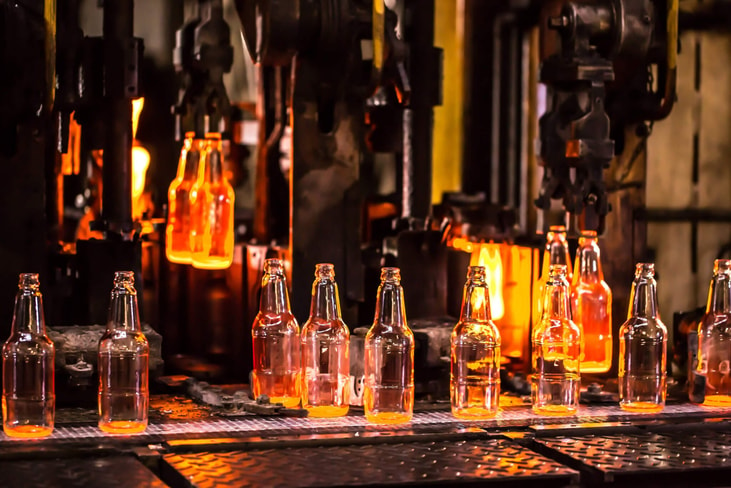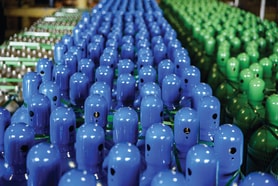TOYO Glass launches Japan’s first eco-friendly oxygen furnace
A Japanese glass manufacturer will change the combustion method of one of its glass-melting furnaces from air combustion to oxygen combustion (also known as oxy-fuel combustion), a move that could reduce greenhouse gas (GHG) emissions by 20%.
TOYO Glass, a subsidiary of Toyo Seikan Group Holdings, expects to make the move to oxygen at its Chiba Plant during a planned renovation in December 2025.
Such an oxy-fuel combustion system for a large glass-melting furnace with a daily production capacity exceeding 200 tonnes of glass for bottles will be the first of its kind in Japan.
Glass bottle furnaces in the country currently use air combustion, which is inefficient due to air being 80% nitrogen.
... to continue reading you must be subscribed












